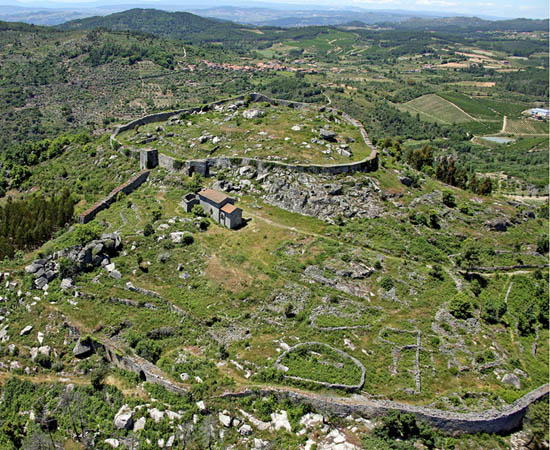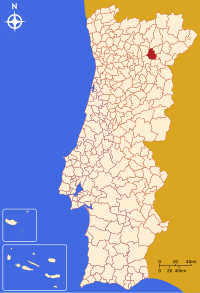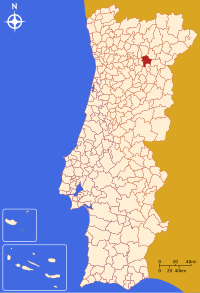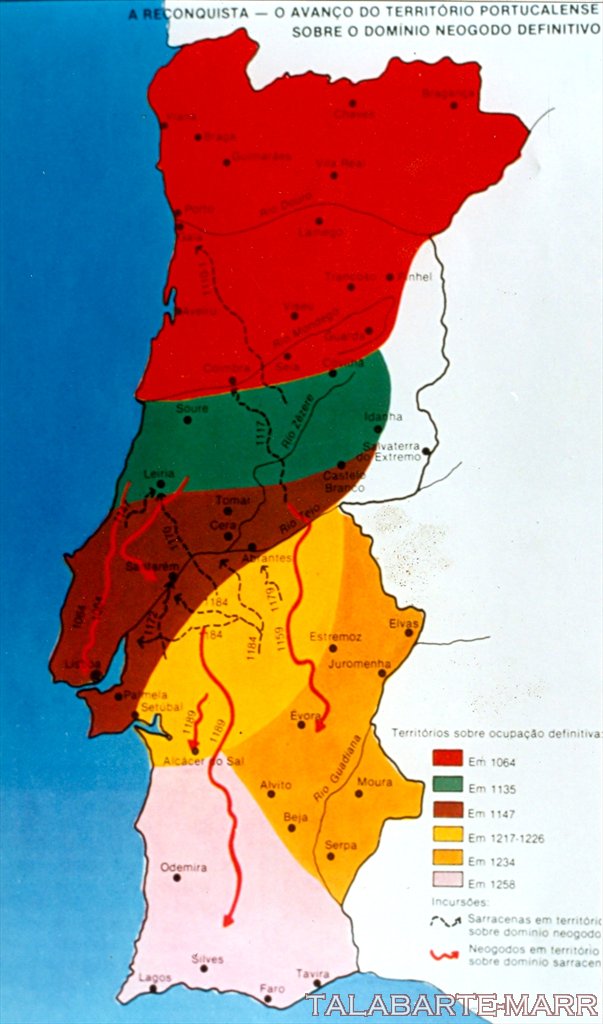braga
-founded: iron age
-Saint Ovidius (d. 135 AD) is considered one of the first bishops of the city
-it was in Braga that Archbishopric of Braga held their councils.
-The Moors captured Braga early in the 8th century
-but were eventually repelled by Christian forces under Ferdinand I of León and Castile in 1040
-Between 1093 to 1147, Braga became the residencial seat of the Portuguese court.
-the maximum authority in the city was retained by the archbishop.
-41°32'39?N 08°25'19?W
http://en.wikipedia.org/wiki/Braga
http://pt.wikipedia.org/wiki/Hist%C3%B3ria_de_Braga
porto
-founded as a city in 417
-invaded before year 1000 by Abu Amir Muhammad ibn Abdullah ibn Abi Amir (what a lovely name! )
-was a bishopric
-1123 the bishop D. Hugo grants the foral letter to the people of the city
-income from trading (by sea) was later disputed by kings and bishops
-during the XIII century the city was in a great expansion period
-41° 9' N 8° 36' 40" O
http://www.portoxxi.com/cultura/ver_folha.php?id=22
http://pt.wikipedia.org/wiki/Hist%C3%B3ria_do_Porto
lamego
-founded before 201 AD
-recounquered for the christians in 1057 by Fernando I de Lećo
-1139, it was were that D.Afonso Henriques (founder of Portugal) was made king by the archbishop of a Braga
-it was were that sucession laws were established for the kingdom of portugal
-pop in 1801 of 14.7k
-41°4'18.07?N 7°49'22.16?W
http://en.wikipedia.org/wiki/Lamego_Municipality
viseu
-founded: iron age
-1123 foral
-Viriato was born here
-in the VIII century muslims conquered it
- Afonso V died here
- christians conquered it in 1037 (Fernando Magno)
- pop in 1801: 33 699
-40°40'N 7°55'W
http://pt.wikipedia.org/wiki/Viseu
coimbra
-founded: before romans
-great trading spot (it was between the christian north and the arabic south)
- conquered by the christians in 1064 by Fernando Magno de Lećo
-residence of D. Henrique e a rainha D. Tereza
-birthplace of the first portuguese kingdom, D. Afonso Henriques
-capital of the coimbra county, and of the portuguese county till 1255
-40° 15' N 08° 27' O
buidings:
-The Old Cathedral of Coimbrais one of the most important Romanesque Roman Catholic buildings in Portugal
Construction began some time after the Battle of Ourique (1139), when Count Afonso Henriques declared himself King of Portugal and chose Coimbra as capital.
-Church of St. James
-Santa Cruz Monastery
Because the first two kings of Portugal are buried in the church it was granted the status of National Pantheon.
Founded in 1131 outside the protecting walls of Coimbra, the Santa Cruz Monastery was the most
important monastic house during the early days of the Portuguese monarchy.
http://en.wikipedia.org/wiki/Coimbra
http://en.wikipedia.org/wiki/Old_Cathedral_of_Coimbra
http://en.wikipedia.org/wiki/Santa_Cruz_Monastery 





 Reply With Quote
Reply With Quote



















